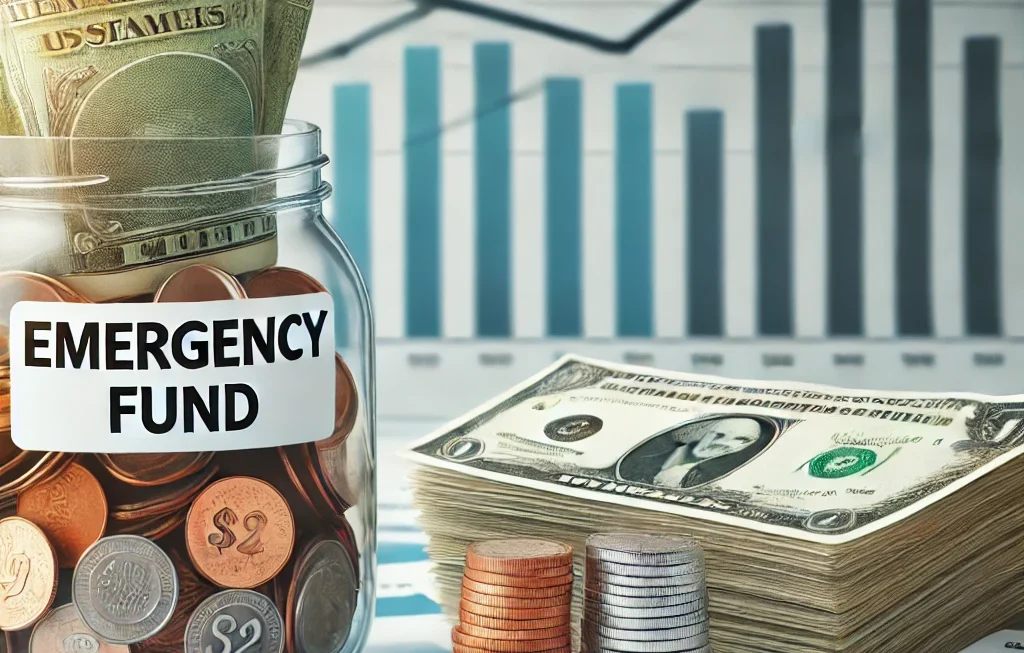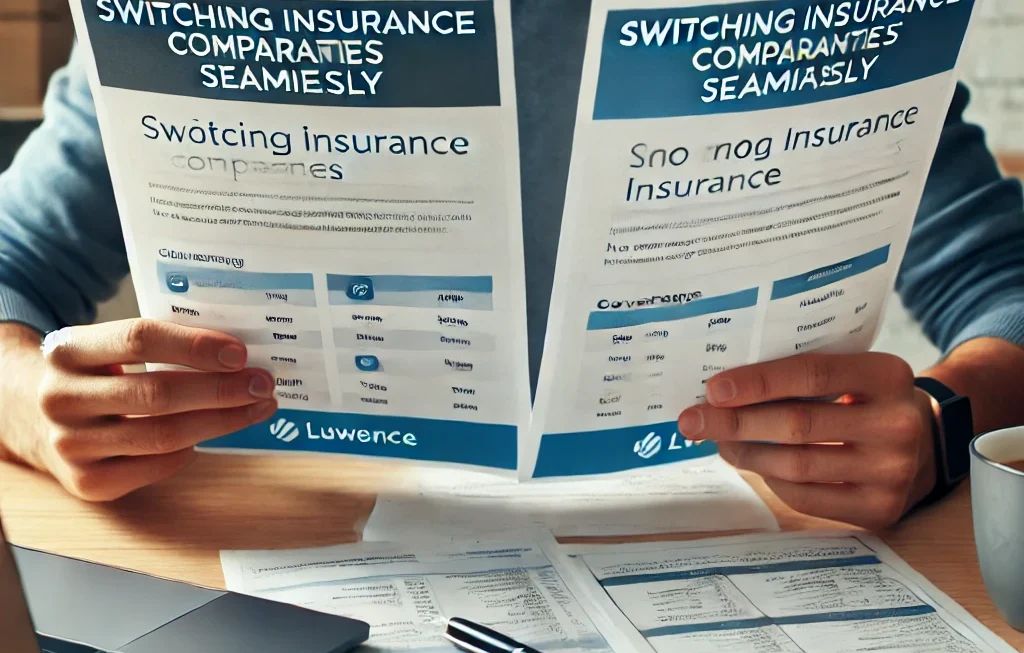Managing personal finances is often a balancing act between two seemingly contradictory goals: saving money and paying down debt. The challenge is especially pronounced for individuals who want to be financially secure yet feel the pressure to eliminate existing debt as quickly as possible. However, contrary to popular belief, it’s entirely possible—and even advisable—to build an emergency fund while continuing to pay down debt.
Building an emergency fund while tackling debt creates a financial safety net that can protect you from unexpected expenses, such as medical emergencies or car repairs, which might otherwise lead to more debt. Learning how to strike the right balance between these two goals is key to long-term financial well-being.
Assessing Your Financial Situation
Before diving into the mechanics of debt repayment and emergency fund building, it’s essential to take stock of your current financial position. Start by analyzing your income, fixed expenses, and discretionary spending. Understanding how much you owe—and at what interest rates—can help you determine a logical strategy for addressing both debt and savings goals.
If your debt includes high-interest credit cards, student loans, or other obligations, note the total balance and the minimum monthly payments required. At the same time, consider your available cash flow to see what can realistically be set aside for an emergency fund. This honest assessment forms the foundation of your financial action plan.
Establishing Clear Financial Priorities
Once you’ve assessed your financial situation, it’s time to establish clear priorities. Many financial experts recommend addressing both debt and savings at the same time, but how you allocate your resources will depend on your unique circumstances. High-interest debt, like credit card balances, can quickly spiral out of control if left unchecked, so it may make sense to prioritize larger payments on these obligations while contributing smaller amounts to your emergency fund.
On the other hand, if your debt comes with lower interest rates, such as federal student loans or a mortgage, you might opt to allocate more funds toward your emergency savings. In any case, having clear goals will keep you focused and motivated.
The Importance of Having an Emergency Fund
Why is an emergency fund so crucial? Without a cash reserve to fall back on, any unexpected financial burden could throw you deeper into debt. Whether it’s an unanticipated car repair, a medical bill, or even a temporary loss of income, an emergency fund helps absorb the shock of unforeseen expenses without needing to rely on credit cards or loans.
A well-stocked emergency fund can offer peace of mind and give you the freedom to focus on long-term financial goals rather than scrambling to cover unexpected costs. This security also keeps you from backsliding into debt, thus making your financial progress more sustainable.
Setting Achievable Goals for Savings and Debt
Setting specific, measurable, and realistic goals is critical for both savings and debt repayment. When it comes to building an emergency fund, don’t be discouraged by starting small. Aim to set aside an initial amount—perhaps $500 to $1,000—that will cover basic, short-term emergencies. Once you hit this milestone, you can gradually build toward the more traditional three to six months’ worth of living expenses.
Similarly, establish concrete debt repayment goals. Whether you aim to pay off a particular credit card balance or reduce a student loan, setting specific targets makes progress feel tangible. To keep things manageable, consider using a percentage of your income for each goal—such as allocating 10-15% of your earnings to savings and 20-30% to debt payments.
Budgeting Strategies for Debt and Savings
One of the most critical steps in balancing debt repayment and emergency fund savings is creating a budget that accommodates both. Without a clear budget, it’s easy for either debt or savings to fall by the wayside, jeopardizing your financial health. There are a variety of budgeting strategies that can help you structure your spending in a way that supports both goals.
The 50/30/20 rule is one popular approach: 50% of your income should go toward necessities (rent, utilities, groceries), 30% toward discretionary spending (entertainment, dining out), and 20% toward financial goals (debt repayment and savings). This model ensures that a portion of your income is always working toward reducing debt while steadily growing your emergency fund.
Creating a Simple, Realistic Budget
It’s important to remember that every budget is unique, and yours should reflect your lifestyle and financial situation. If you have particularly high debt payments or live in an expensive area, you may need to adjust the percentages from the 50/30/20 rule. The key is to create a budget that is both realistic and sustainable over the long term.
Make sure to review your budget regularly and adjust as necessary. Over time, you may find areas where you can cut back and increase contributions to either your emergency fund or debt repayment. Flexibility and consistency are vital to staying on track.
Allocating Funds to Debt vs. Emergency Fund
Determining how much to allocate to savings versus debt each month can be challenging. A common suggestion is to split any available funds between the two. For instance, you might commit 60% of your extra income toward debt repayment and 40% toward building your emergency fund, adjusting these percentages depending on your priorities.
If your debt carries high interest rates, focus more on paying down the debt to avoid accumulating additional interest charges. Conversely, if your debt has relatively low interest rates or if you’re nearing a financial milestone, such as paying off a specific loan, consider boosting your emergency savings contributions temporarily.
You Can Also Read : How to Budget Your Finances to Stay Debt-Free
Paying High-Interest Debt First
When managing both debt and savings, it’s often wise to prioritize high-interest debt, such as credit card balances or payday loans. These debts accumulate interest quickly, meaning the longer you carry them, the more you’ll end up paying overall. By focusing on these high-cost debts first, you can minimize long-term financial strain and free up more money for savings down the line.
The Snowball and Avalanche debt repayment methods are popular strategies for paying off debt systematically. The Snowball method focuses on paying off the smallest debts first to build momentum, while the Avalanche method targets the highest-interest debts to reduce overall interest costs.



